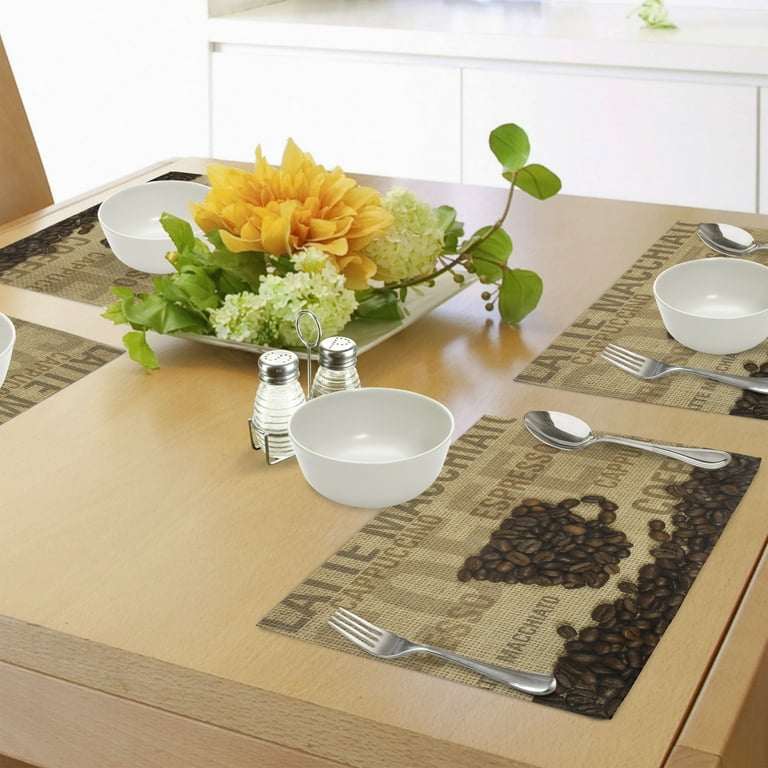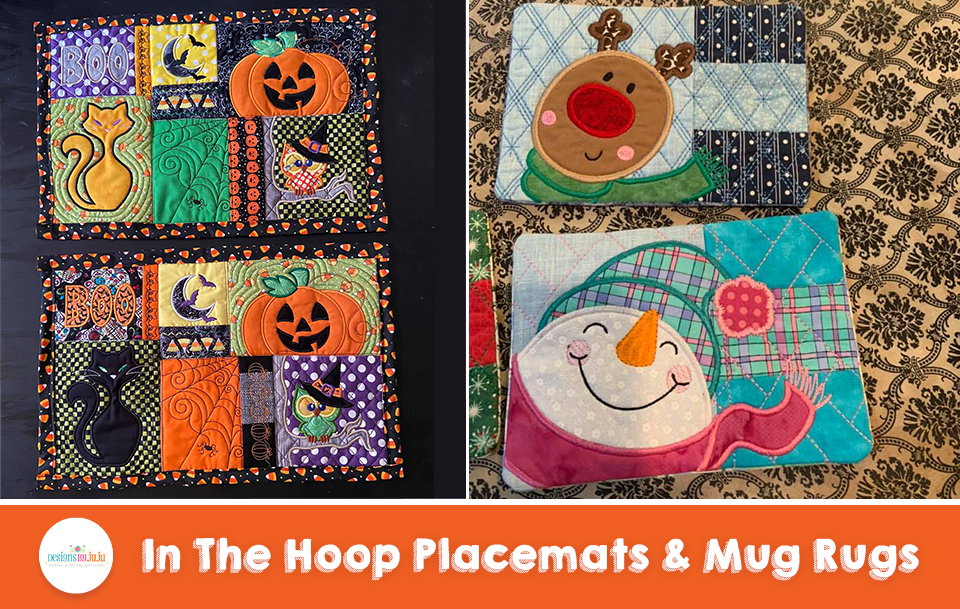What Does Unique Art Do?
Table of ContentsLittle Known Questions About Unique Art.Not known Facts About Unique ArtThe Best Guide To Unique ArtThe Ultimate Guide To Unique Art
While one might discuss which art form holds priority, the reality remains that each of these seven types gives a distinct home window right into human background, society, and development. They are the tapestries that chronicle our trip, advising us of our past while inspiring visions for the future.Fantastic artwork tells a tale, makes individuals look two times, and develops an one-of-a-kind experience that can't be matched. Art and illustrations connect every one of that with color, form and various other layout aspects. Discover just how to make your unique artwork attract attention from the group.

8 TRIA GIOVANEqual components grand and laidback, this entrance hall developed by Anthony Baratta is the ideal plan to follow if you're embellishing an official entry that still feels unfussy and comfy. Formed textiles take facility stage (see the carpetings and the sofa), yet they additionally help bring the high ceilings to a human range when hung over wallpaper.
Facts About Unique Art Revealed
18 Heidi Caillier DesignA gallery wall does not need to take up the whole area. Occasionally a tiny one can make a bigger style declaration. In this living area, Hiedi Caillier opted for micro-mini structures and an arbitrary structure.
, the expression of concepts and feelings, with the development of particular visual top qualities, in a two-dimensional visual language. The components of this languageits shapes, lines, colours, tones, and texturesare used in different ways to produce experiences of volume, space, motion, and light on a flat surface area. These elements are integrated right into expressive patterns in order to stand for real or superordinary phenomena, to interpret a narrative motif, or to produce entirely abstract aesthetic partnerships.
Later the concept of the "great musician" established in Asia and Renaissance Europe. Famous painters were paid for the social status of scholars and courtiers; they signed their job, decided its design and usually its subject and images, and developed an extra personalif read review not constantly amicablerelationship with their patrons. During the 19th century painters in Western societies began to lose their social setting and safe patronage.
Some Of Unique Art
Others made an earnings with touring exhibits of their work. The demand to appeal to an industry had actually changed the comparable (if less impersonal) needs of patronage, and its impact on the art itself was most likely similar. Usually, artists in the 20th century could reach an audience just via commercial galleries and public galleries, although their work have a peek here may have been occasionally duplicated in art periodicals.

Do not duplicate the design of other artists if you're attempting to find your style. Duplicating other people's art work can be wonderful in academic objectives but it will certainly not make you closer to finding your own special design. Your artistic style needs to be, what you such as and what motivates you.
I would certainly consider your very own style as a style you repaint in naturally, when you release all ideas and guidelines and simply concentrate on painting, not thinking of it. Unique Art. The style needs to come naturally to you when his explanation you are relaxed and you can't require it or it will not be your very own design, simply another person's
Unique Art for Dummies

With time you'll have the ability to arrange all of them into your preferred and least favored classifications. Attempt to focus your attention on the topics and tools that you like and prior to you see it coming you'll have your very own personal and special design, like no person else have! So in the long run you'll have a couple of favorite topics to paint and perhaps a couple of favorite tools.
The design has to develop itself over time with a lot of technique and experiments - Unique Art. Thanks for reviewing this article and if you have any inquiries leave them in the comments below, I 'd enjoy to answer these